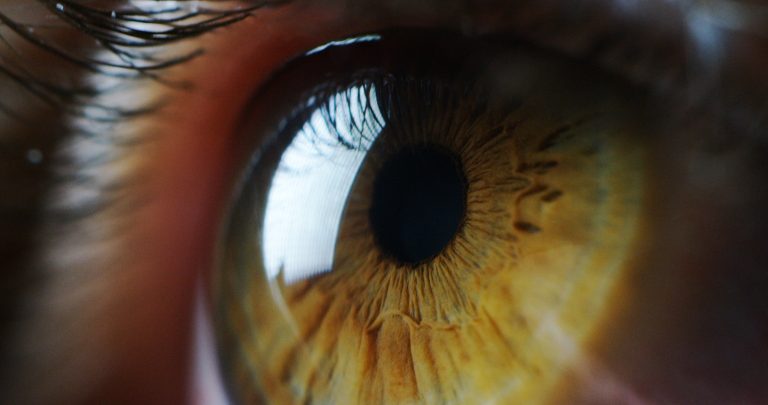A recent study by Overnight Glasses has identified eye color change surgery as the most dangerous cosmetic procedure, with an alarming 92.30% complication rate. The analysis ranked various cosmetic surgeries based on factors such as complication rates, recovery times, and severity of complications. Eye color change surgery, which is not FDA-approved, poses significant risks, including vision loss, glaucoma, and corneal damage. Recovery times for these procedures can range from one to eight weeks, and the average cost is around £9,200.
Thigh lifts are the second most dangerous procedure, with a 78% complication rate. Risks associated with thigh lifts include blood clots, infection, and changes in skin sensation. The recovery period for this surgery ranges from four to six weeks.
The Brazilian Butt Lift (BBL), known for its high risk of fat embolism and infection, ranks third with a 37.94% complication rate. Despite its popularity, the procedure entails a recovery period of six to eight weeks and considerable risks. The BBL is particularly notorious for its high complication rate due to the nature of fat transfer involved, which can lead to severe complications if not performed correctly.
Body lift procedures follow closely, with a 42% complication rate. The surgery involves risks such as infection, wound healing issues, and blood clots, with a recovery period of four to six weeks. These procedures are often extensive, involving the removal of excess skin and fat from multiple areas of the body, which increases the potential for complications.
Injectable fillers, which rank fifth, have a 64.61% complication rate. Common complications include allergic reactions, infection, and asymmetry. Although the recovery time is relatively short (one to two days), the frequency of complications justifies its ranking. Fillers are widely used for facial enhancements, but improper injection techniques or the use of substandard materials can lead to adverse outcomes.
Breast reduction surgery ranks sixth, with a 38% complication rate. The procedure carries risks of blood clots, infection, and anesthesia complications, with a recovery period of two to four weeks. This surgery has a higher complication rate compared to breast augmentation, which ranks eighth with a 14.40% complication rate and similar risks. Breast reductions are often performed for medical reasons, such as alleviating back pain, which underscores the importance of understanding potential risks.
Butt implants are the seventh most dangerous procedure, with a 21.60% complication rate. Significant risks include infection, implant displacement, and nerve damage. The recovery period for butt implants is four to six weeks. These implants are used to enhance the shape and size of the buttocks but come with significant risks due to the invasive nature of the procedure.
Arm lifts, or Brachioplasty, rank ninth with a 21% complication rate. Risks include infection, scarring, and nerve damage, with a recovery period of two to four weeks. This procedure involves the removal of excess skin and fat from the upper arms, which can lead to noticeable scarring and other complications if not performed correctly.
Finally, breast lifts round out the top ten with a 10.40% complication rate. The surgery poses risks such as blood clots, infection, and changes in nipple or breast sensation, with a recovery period of four to six weeks. This procedure aims to lift and reshape sagging breasts, but as with other surgeries, it carries inherent risks.
The study used a comprehensive methodology to rank the procedures. Key factors such as complication rates, types of complications, recovery times, and mortality rates were considered to create a total risk index. Popularity and average costs of each procedure were also factored in, with weights assigned based on the impact of each factor on overall danger. The composite scores were calculated by summing the weighted scores for each procedure, resulting in a ranking from most to least dangerous.
